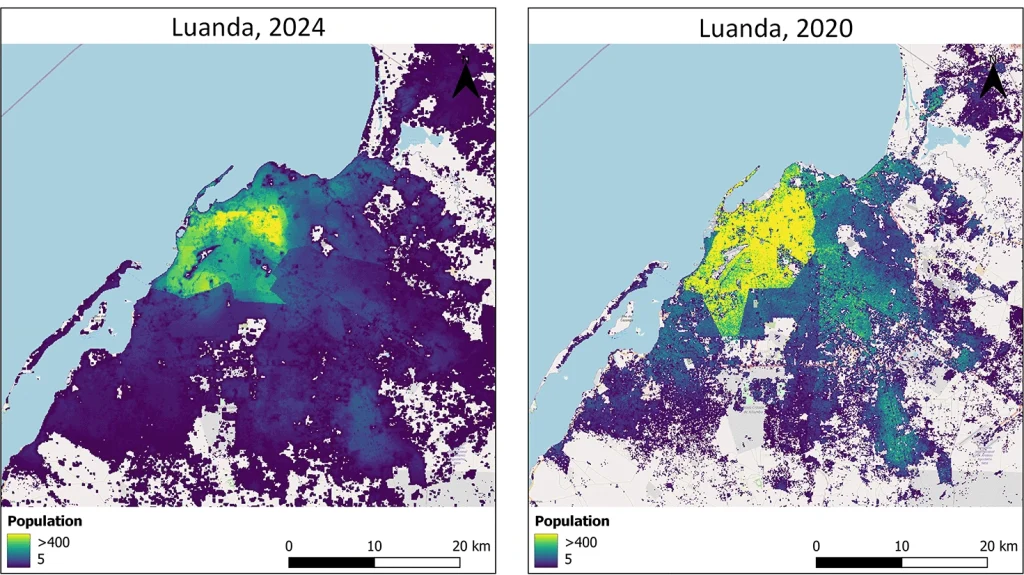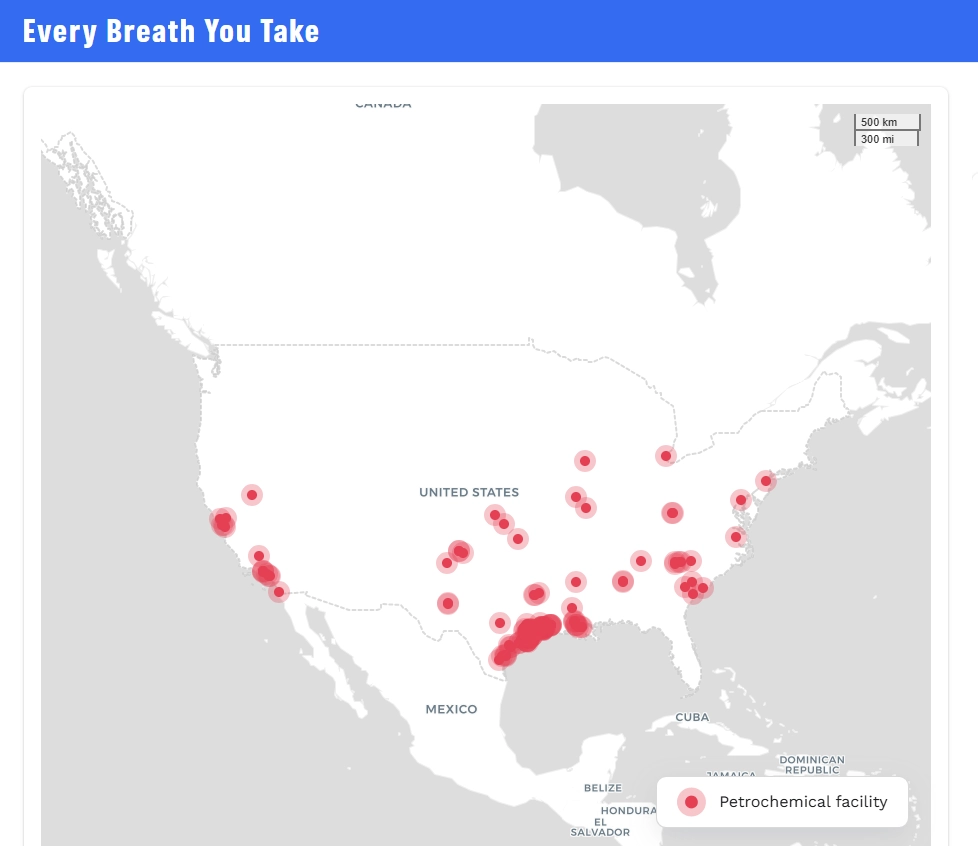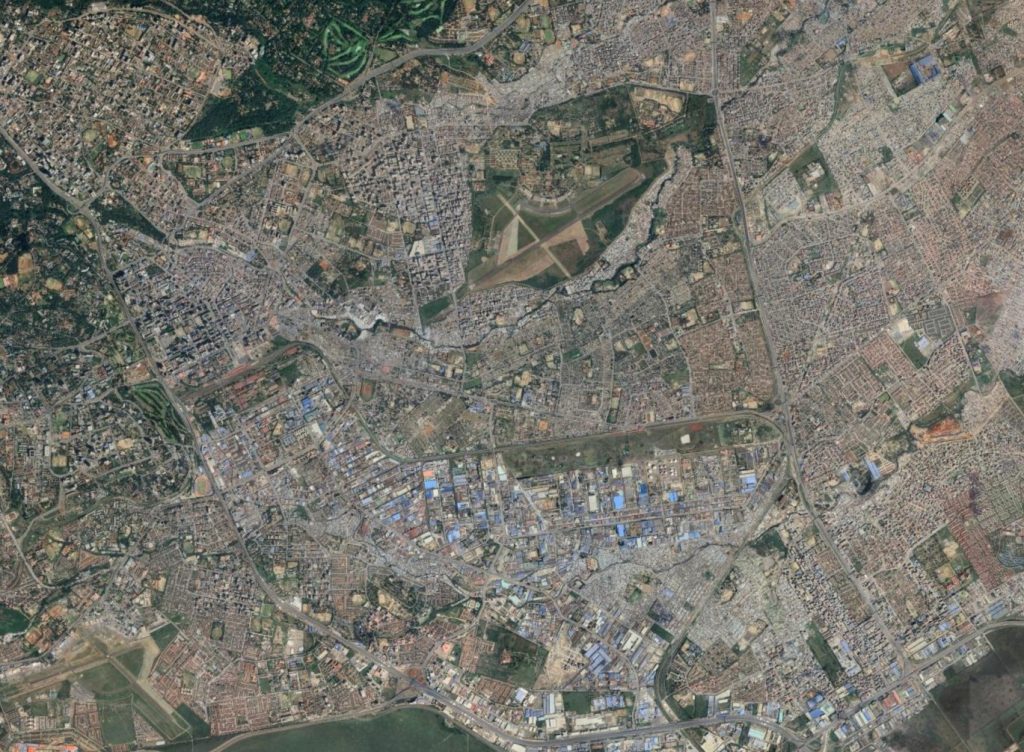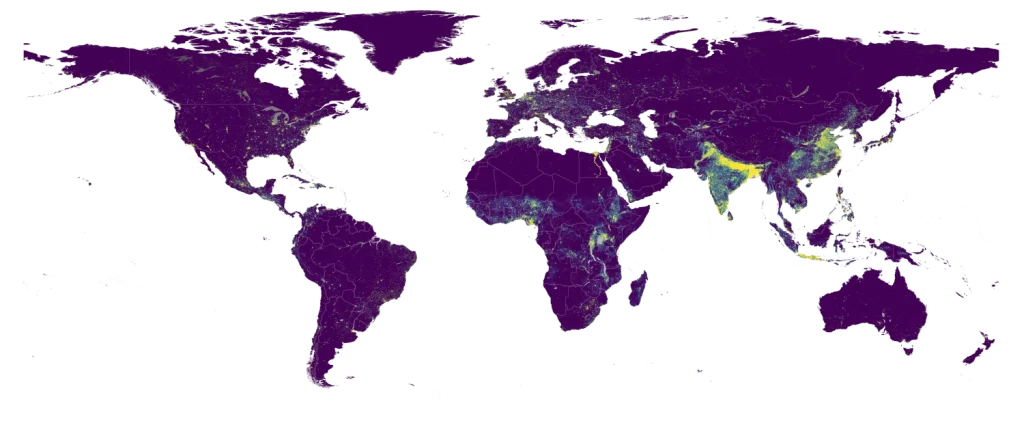WorldPop Co-Produces Vital Population Data for UN Disaster Risk Study
A new study by the United Nations Population Fund (UNFPA) and the United Nations Office for Disaster Risk Reduction (UNDRR) is showing how smart use of population data can save lives in the face of natural disasters, with WorldPop’s co-produced data at its core. In partnership with national governments and the UNFPA team behind the […]
WorldPop Co-Produces Vital Population Data for UN Disaster Risk Study Read More »











